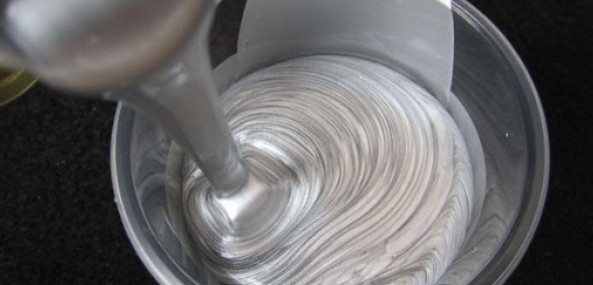With the official implementation of the environmental tax in 2018, it
is believed that more oil-based coating manufacturers will gradually
accelerate the pace of transformation of water-based coatings. In the
face of a brand-new field, whether it is the choice of raw materials or
the combination of raw materials, I believe it is a problem for
manufacturers who have just started the water-based road. Today
Sunflower Chemical will answer for you:

Introduction to water-based aluminum paste
According to the classification of solvent-based aluminum-silver
pastes, aluminum-silver pastes are generally divided into floating
aluminum-silver pastes and non-floating aluminum-silver pastes. This
name is naturally continued on the water-based aluminum silver paste.
The difference between the two is mainly reflected in the ability to
present different directional arrangement effects in the same resin to
meet the different needs of different customers. On this basis, Mantebo
further subdivides it into water-based high-floating silver, water-based
floating silver, water-based floating silver and water-based immersion
silver, which will not be introduced here.

In addition to the above classification, water-based aluminum silver
paste also inherits the classification of solvent-based aluminum silver
pastes according to the metal effect, such as imitation electroplating
silver, fine silver, fine flash, medium flash, coarse flash and other
different types. I believe that you are familiar with solvent-based
aluminum silver pastes. Friends of aluminum-silver paste are no
strangers to this. One more thing to note is the above question about
the particle size division of water-based aluminum silver paste: under
normal circumstances, the particle size of many water-based
aluminum-silver pastes in China is a popular name in China, not like
foreign water-based aluminum silver. The particle size of the slurry is
marked according to the test results of the particle size analyzer.
Therefore, both parties must unify the standards when communicating and
avoid unnecessary losses such as sending the wrong particle size.

